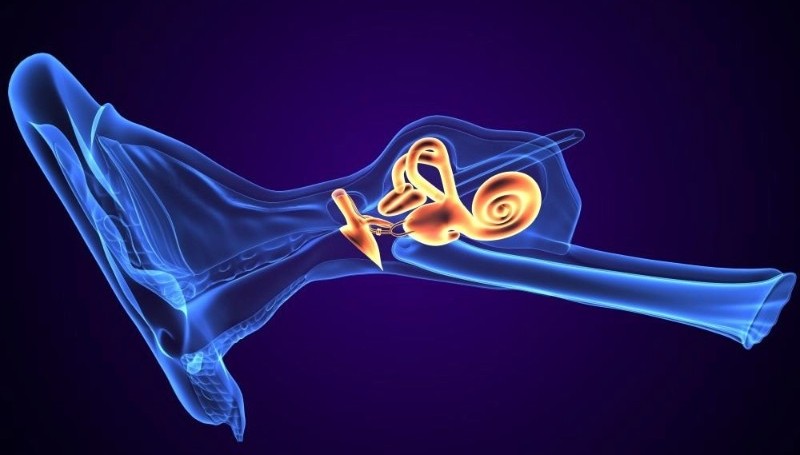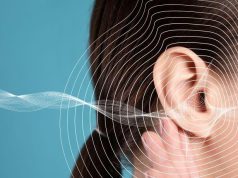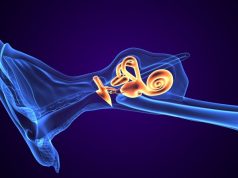Endolymphatic hydrops asymmetries can better distinguish patients from controls than endolymphatic hydrops percentage
By Elana Gotkine HealthDay Reporter
MONDAY, Feb. 5, 2024 (HealthDay News) — Endolymphatic hydrops (EH) asymmetry can differentiate patients with Meniere disease (MD) from normal controls, according to a study published online Dec. 21 in Frontiers in Neurology.
Tae-Soo Noh, from the Seoul National University College of Medicine in South Korea, and colleagues examined the extent of hydrops in MD patients and age- and sex-matched normal controls to assess which outcome measure most effectively distinguishes between MD patients and controls. Magnetic resonance imaging (MRI) was performed using a 3-T MR platform; MR images covering an inner ear were 3D-stacked. The volumes of the endolymphatic and perilymphatic spaces were yielded on analyses of all images, including the vestibule or cochlea; the quantitative volumetric EH percentage was calculated as the endolymph volume (μL)/(endolymph+perilymph volume [μL]).
The researchers found that the EH percentage was significantly greater in ipsilateral versus contralateral MD ears and in ipsilateral MD ears versus control ears for the vestibule. The values for the cochlea showed a slightly higher EH percentage in ipsilateral MD ears, but did not significantly differ from that seen in contralateral or control ears. The EH asymmetries (right ear minus left ear EH percentage) were 12.0 ± 10.2 and 8.4 ± 8.6 percent in the vestibule and cochlea, respectively, in the MD group, which were significantly larger than those of controls.
“EH asymmetry effectively differentiates MD patients from normal controls,” the authors write. “In our study, the sensitivity, specificity, and area under the curve of EH asymmetry were better than those of conventional EH percentage.”
Copyright © 2024 HealthDay. All rights reserved.








